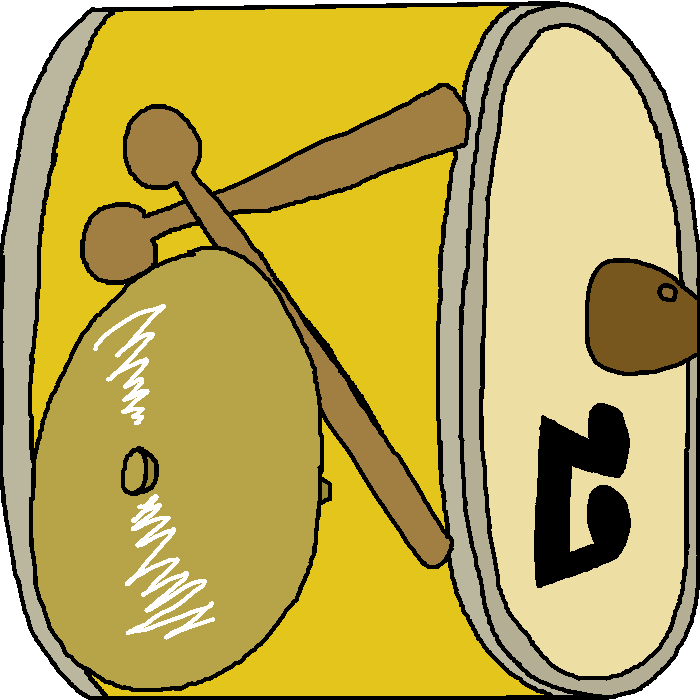Stella’s theme is an important part of the AB Stella series for obvious reasons.
It has been featured in a few different tracks from the games AB POP! and AB Stella and was even referenced in an episode of On the Run.
Of course, Stella’s theme also plays as the opening theme of the AB Stella animated series!
AB Stella game theme
“Chilling It” from Pop the Top levels, which feature Stella
AB Pop main theme, featuring more brass and an auxiliary section
On The Run
https://m.youtube.com/watch?v=t294_pGE0HI
0:52
Appropriately enough, the very first episode of the animated series starts off with Stella’s theme. The theme is played in a slow, calm manner for a “peaceful morning” atmosphere.
At 1:36, the theme is played in a relaxed manner, but not slowly and softly like it was at the beginning of the episode. This reminds me of “Chilling It” from AB Pop and is a nice way to show a tropical activity for Stella and her friends.
The second episode, “Bad Princess”, opens with Stella’s theme again, but this time, it is more intense as Stella does parkour in the Big Tree.
As Stella breaks a branch and falls, the music shifts to a different melody, but this might still be a part of the same theme.
This auxiliary melody used in a few action scenes appears at 0:31 in the AB Pop main theme.
The auxiliary melody kicks in again at 2:39.
Stella’s theme is played in a slow, sad manner at 4:43. The use of a minor key here reflects Stella’s emotions after fully realizing Gale’s betrayal.
Stella’s theme is often played when she and her friends are doing activities together, such as 3:50 in “All That Glitters”
or 0:41 in “Pig Power”.
The bright tone of the theme’s default style makes the theme lend itself well to this kind of scene.
“Own the Sky” prominently features both Stella and her theme; in fact, it plays at the very beginning of the episode.
Stella’s theme later plays in a somewhat triumphant manner at 1:11 before the music, along with Stella’s flight, takes a darker turn.
Stella’s theme can be heard in a darker, more intense style at 1:37 to fit with the scene.
At 5:20, the music echoes back to this cue as Stella tries to save Luca. This final flight features this intense take on Stella’s theme, followed by a more triumphant cue (louder than the first time)—an inversion of the how Stella’s theme is used in the earlier flight.
Between these two scenes, at 2:26, Stella’s theme is played in a slow, quiet, staccato style. These factors serve to emphasize that Stella feels unable to do much as she recovers.
The theme is played again in a similar manner at 3:31, but in a different key that reflects her emotional state getting even worse.
At 3:56, Stella’s theme plays instead of Willow’s before the (small) reveal that Stella is standing just offscreen.
Stella’s theme is briefly used in the next episode, “The Prankster”, at 4:13.
Stella’s theme is played in several different manners aside from the more typical, bright tone in the season 2 premiere, “New Day”. At the beginning of the episode, after a bit of ambient music, a snippet of Gale’s theme plays as Stella sees a piece of her cape.
Then, Stella walks off as her own theme plays in a a sad tone before a silhouette that looks like Gale shows up.
The preceding description actually also applies to the last scene of the episode, which mirrors the first!
A bit later in the episode, at 1:52, the theme plays again, this time in a manner meant to sound sneaky, before transitioning into a melody associated with the directionless pigs that only shows up in this episode. [not featured in clip below, see "Piggies" section for more information]
At 2:55, Stella’s theme plays in a gentle manner as she wakes up, similar to the beginning of the first episode of the previous season.
At 4:22, the theme sounds a little darker, featuring instrumentation like that more often used for Gale’s theme. Like Gale once did, Stella is leaving her friends to go to Gale’s castle with the pigs in this scene!
“Night of the Bling” starts with a spooky rendition of Stella’s theme to set the mood.
The following episode, “Step it Up”, uses Stella’s theme in its action music starting at 1:04.
When it is used as such in this episode, the theme is never brought to its conclusion (“Stella, Stella!”). At 2:13, the theme is played in a sadder, slowed down manner, but not staccato like in some other episodes.
The episode “The Storm” begins with Stella’s theme being sung by Stella herself, adding another example to the list of times in the series leitmotifs are used diegetically.
As the show opened with Stella’s theme, so it also closes with it. Stella’s theme can be heard woven into the music at the end of the last episode of the series, “You Asked for It”. The ending music starts at 5:22, and Stella’s theme can be heard at 5:35 (0:11 in the clip below). The concluding music for the series offers a cheerful, happy ending for the series that contrasts with much of the rest of the last few episodes, as the island has been restored.

^ Click to go back